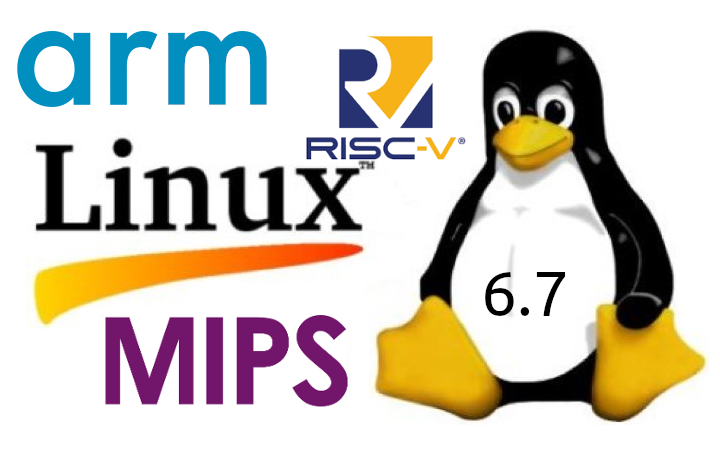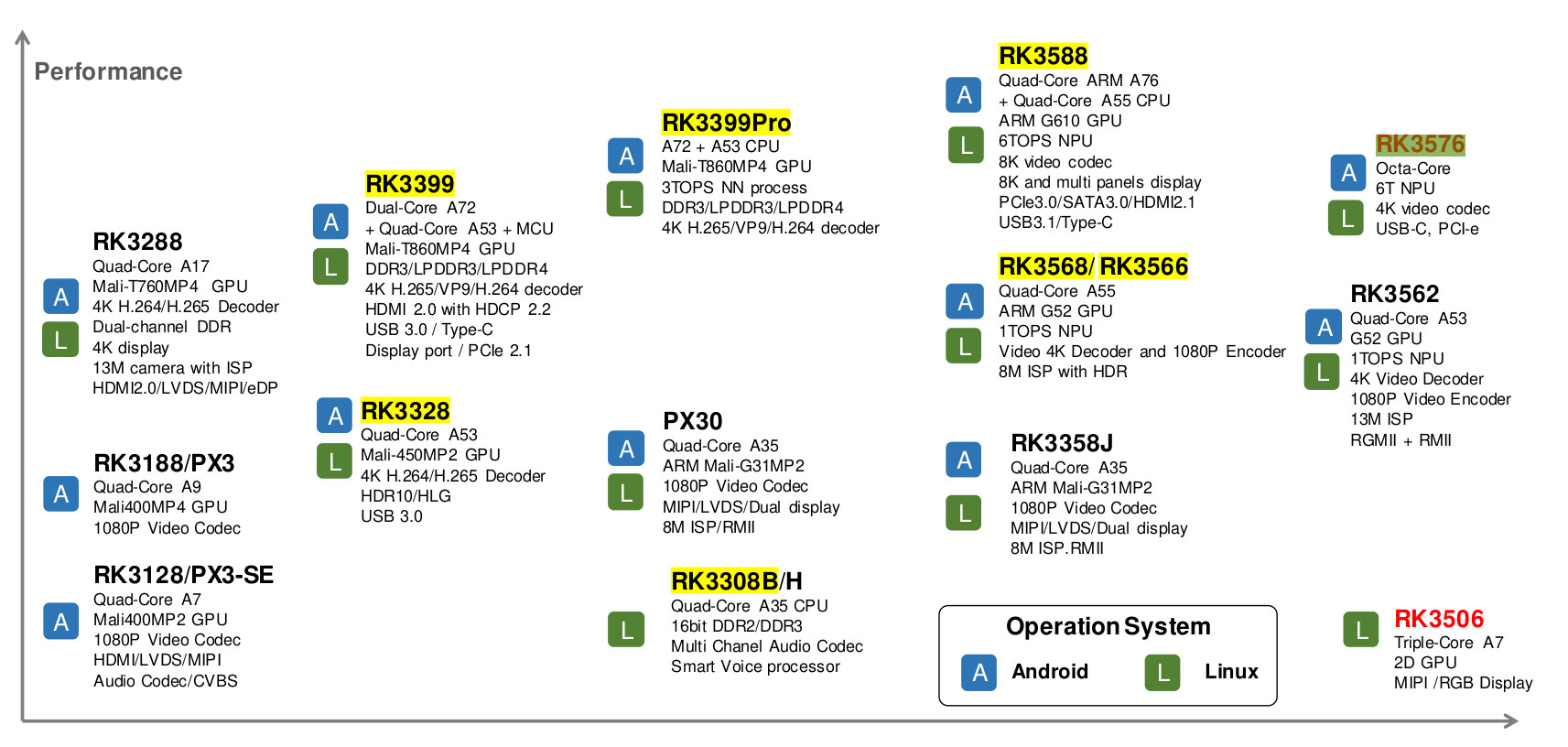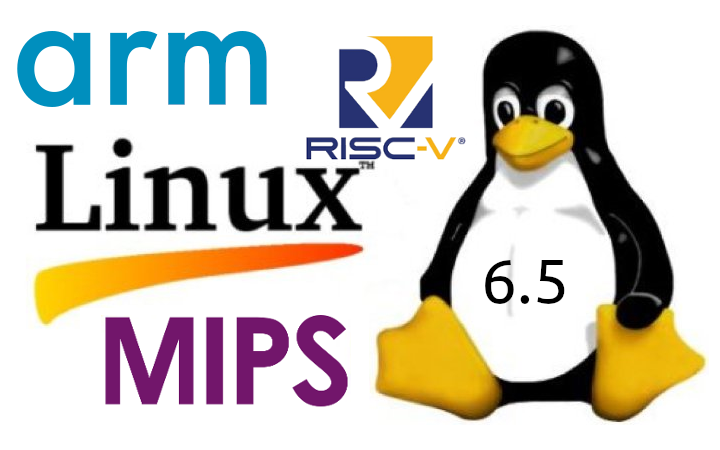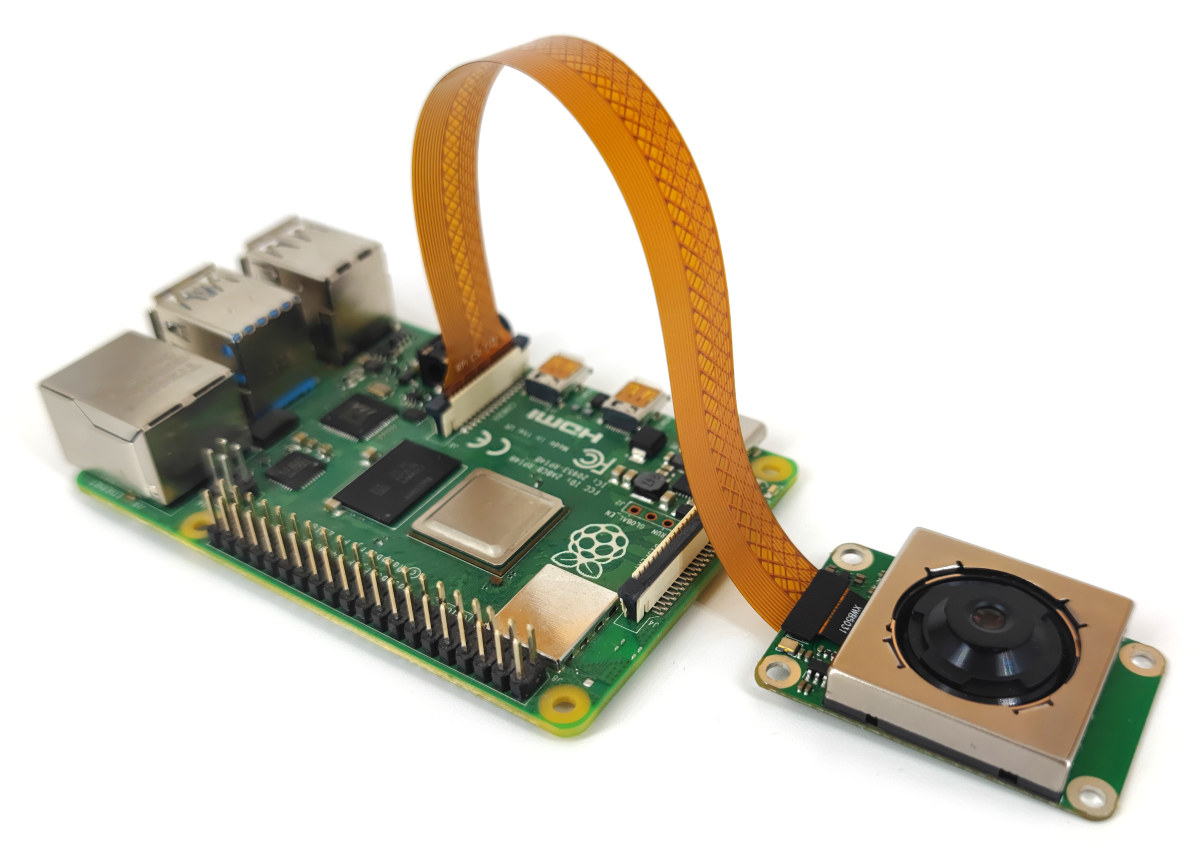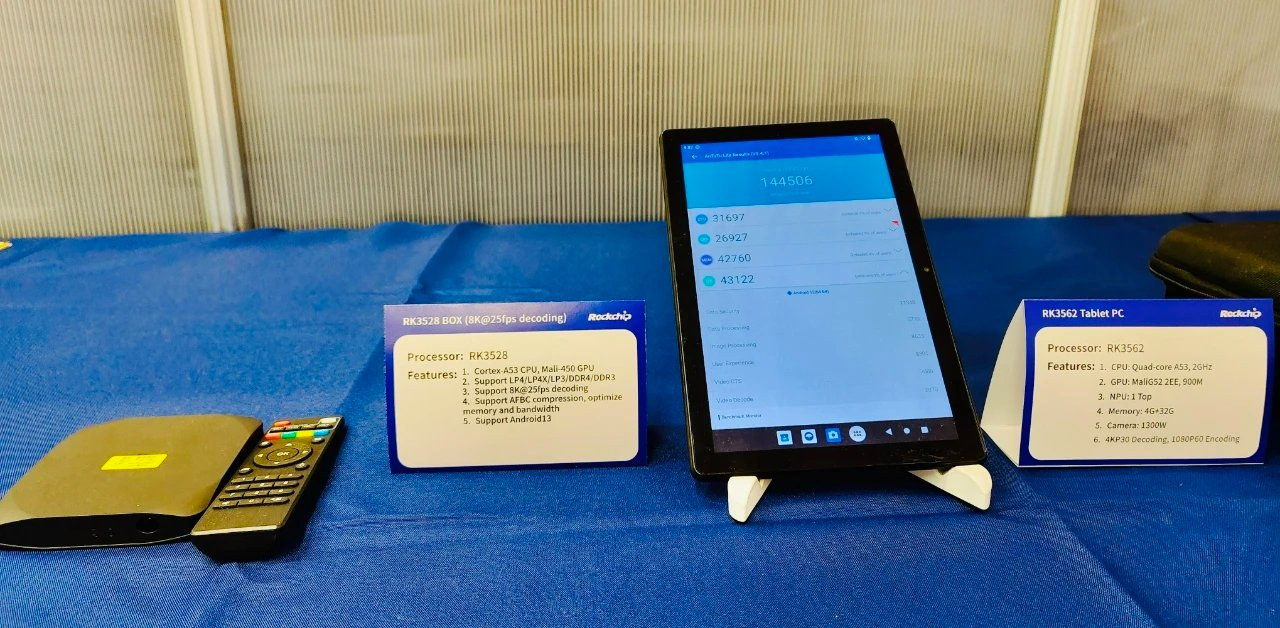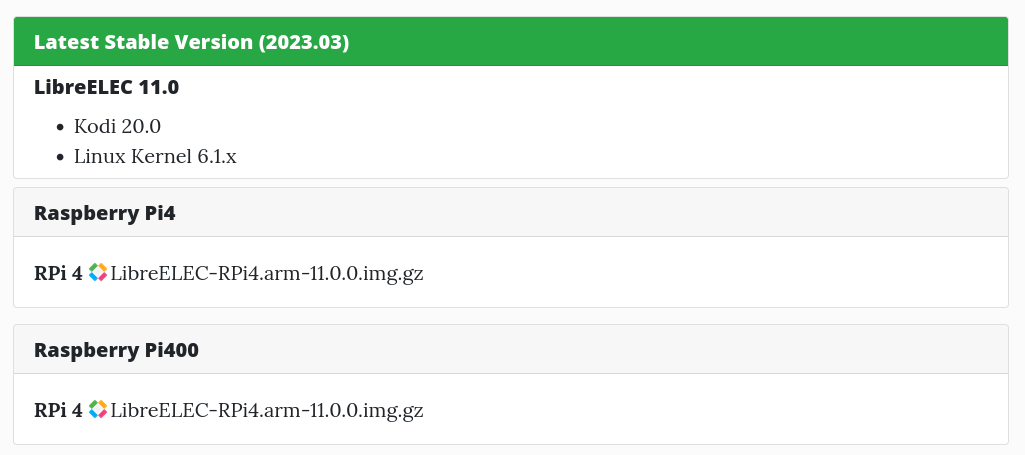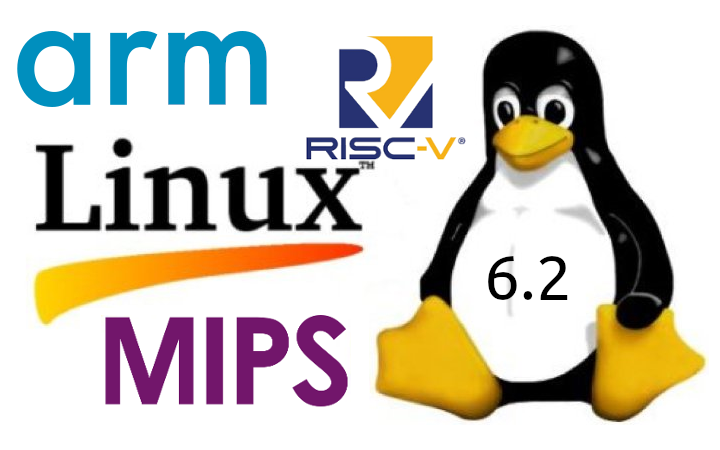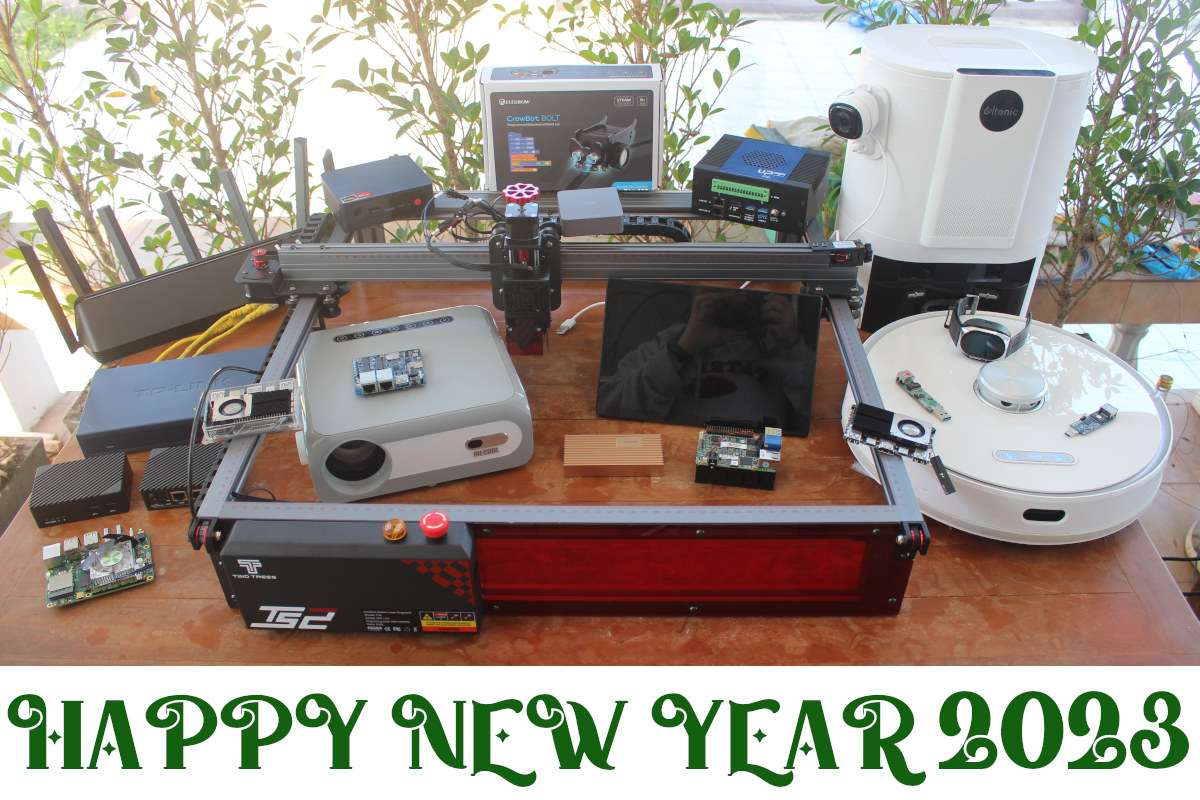Linus Torvalds has just announced the release of Linux 6.7, following Linux 6.6 LTS a little over two months ago: So we had a little bit more going on last week compared to the holiday week before that, but certainly not enough to make me think we’d want to delay this any further. End result: 6.7 is (in number of commits: over 17k non-merge commits, with 1k+ merges) one of the largest kernel releases we’ve ever had, but the extra rc8 week was purely due to timing with the holidays, not about any difficulties with the larger release. The main changes this last week were a few DRM updates (mainly fixes for new hw enablement in this version – both amd and nouveau), some more bcachefs fixes (and bcachefs is obviously new to 6.7 and one of the reasons for the large number of commits), and then a few random […]
Rockchip roadmap reveals RK3576 and RK3506 IoT processors, Linux 6.1 SDK
The Rockchip RK3588 processor may remain the most powerful processor from the company for a while as an updated Rockchip IoT processor roadmap reveals the new RK3576 octa-core SoC and RK3506 tri-core Cortex-A7 chip, as well as a Linux 6.1 SDK to be released in Q4 2023. With the limited information we have, the Rockchip RK3576 looks to be a cost-down version of the RK3588 processor with eight cores, a 6 TOPS NPU, a 4K video codec, as well as PCIe and USB-C interfaces. Strangely the Rockchip RK3582 that should serve a similar purpose is not showing up in the roadmap. [Update: The RK3576 is indeed a lower-cost SoC but features four Cortex-A72 and four Cortex-A53 cores instead as per the comparison table reproduced below: That also means we now have the RK3576 specifications (some obtained from another document too): CPU Octa-core Arm processor with 4x Cortex-A72 cores at 2.2 […]
Linux 6.5 release – Notable changes, Arm, RISC-V and MIPS architectures
Linus Torvalds has just announced the release of Linux 6.5 on the Linux Kernel Mailing List (LKML): So nothing particularly odd or scary happened this last week, so there is no excuse to delay the 6.5 release. I still have this nagging feeling that a lot of people are on vacation and that things have been quiet partly due to that. But this release has been going smoothly, so that’s probably just me being paranoid. The biggest patches this last week were literally just to our selftests. The shortlog below is obviously not the 6.5 release log, it’s purely just the last week since rc7. Anyway, this obviously means that the merge window for 6.6 starts tomorrow. I already have ~20 pull requests pending and ready to go, but before we start the next merge frenzy, please give this final release one last round of testing, ok? Linus The earlier […]
8K 50MP camera module targets NVIDIA Jetson, Raspberry Pi, and RK3588 boards (Crowdfunding)
RBTS.co’s C50M camera module is equipped with the same 8K 50MP Samsung ISOCELL GN2 image sensor found in the upcoming Google Pixel 8 Pro smartphone but targets the maker market with support for NVIDIA Jetson, Raspberry Pi, and Rockchip RK3588 boards. With high-resolution and quick focusing ability, this camera sensor is designed for drones, machine vision, and industrial automation applications such as automated optical inspection and preventive maintenance, and the large 1.4μm pixels of the Samsung ISOCELL GN2 sensor are said to make the camera work well in low-light conditions. C50M camera module specifications: Effective Resolution – 8,160 x 6,144 (50MP) Pixel Size – 1.4μm (2.8μm with 12.5MP binning) Optical Format – 1/1.12″ sensor Color Filter – Dual Tetrapixel RGB Bayer Pattern Frame Rate – 30fps @ 50MP, 120fps @ 4K and 480fps @ FHD ADC Accuracy – 10-bits Chroma – Tetra Auto Focus – Dual Pixel Pro (PDAF); range: […]
Rockchip showcases RK3528 TV box SoC and RK3562 tablet SoC
Rockchip showcased some new processors at Mobile World Congress 2023: the RK3528 for TV boxes, and the RK3562 for tablets both with a Cortex-A53 CPU subsystem, but the former comes with a Mali-450 GPU, and the latter with a faster Mali-G52 2EE GPU. Both are clearly for entry-level devices, but I’m a little surprised they didn’t go with Cortex-A55 cores instead. Rockchip demonstrated the new processors in a TV box running Android 13 and a tablet with a 144,506 score in the latest Antutu benchmark as shown below. Rockchip RK3528 preliminary specifications: CPU – Arm Cortex-A53 processor (core count unspecified) GPU – Arm Mali-450 GPU with AFBC compression support Memory – LP4, LP4X, LP3, DDR4, DDR3 Video decoding – Up to 8Kp25 Supported OS – Android 13 Rockchip RK3562 preliminary specifications: CPU – Quad-core Cortex-A53 processor @ 2 GHz GPU – Mali-G52 EE AI accelerator – 1 TOPS NPU VPU […]
LibreELEC 11 released with Kodi 20, brings back Amlogic platforms
LibreELEC 11 lightweight media center Linux distribution based on Kodi 20 “Nexus” has just been released with various improvements on x86 and Arm platforms. Kodi 20 was released and available for download in January with AV1 hardware video decoding in Android and x86 (VAAPI) platforms with AV1-capable GPU or VPU, FFMPEG 4.4, Pipewire support in Linux, and a few others. LibreELEC 11 enables you to have a dedicated, and fast booting, HTPC based on a mini PC, a Raspberry Pi SBC, or an Arm-based TV box with all features from the latest Kodi release. LibreELEC 11 supports Raspberry Pi 2 to 4 SBCs, 64-bit x86 hardware, various Allwinner, Rockchip, and Amlogic SBCs and TV boxes with x86, Raspberry Pi, and Rockchip hardware considered more stable and feature complete. LibreELEC 10.0 did away with Amlogic TV boxes and single board computers because of driver issues, but LibreELEC 11.0 brings Amlogic back […]
Linux 6.2 release – Main changes, Arm, RISC-V, and MIPS architectures
Linux 6.2 has just been released with Linus Torvalds making the announcement on LKML as usual: So here we are, right on (the extended) schedule, with 6.2 out. Nothing unexpected happened last week, with just a random selection of small fixes spread all over, with nothing really standing out. The shortlog is tiny and appended below, you can scroll through it if you’re bored. Wed have a couple of small things that Thorsten was tracking on the regression side, but I wasn’t going to apply any last-minute patches that weren’t actively pushed by maintainers, so they will have to show up for stable. Nothing seemed even remotely worth trying to delay things for. And this obviously means that the 6.3 merge window will open tomorrow, and I already have 30+ pull requests queued up, which I really appreciate. I like how people have started to take the whole “ready for […]
Year 2022 in review – Top 10 posts and statistics
It’s the last day of the year and the time to look at some of the highlights of 2022, some traffic statistics from CNX Software website, and speculate on what 2023 may bring us. The semiconductors shortage continued in 2022, but things are looking brighter in 2023 with the full reopening of the world mixed with forecasts of difficult economic times that should keep the demand/supply equation in check. On the Arm processor front the biggest news of the year, at least in this corner of the Internet, was the launch of the Rockchip RK3588 octa-core Cortex-A76/A55 processor together with interesting single board computers that we’ll discuss below. Announced last year, the Amlogic A311D2 octa-core Cortex-A73/A53 was finally made available in a few SBC’s, and we finally got some news about the Amlogic S928X Cortex-A76/A55 SoC showcased in 8K TV boxes, but we have yet to see it in action. […]


